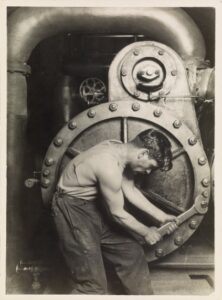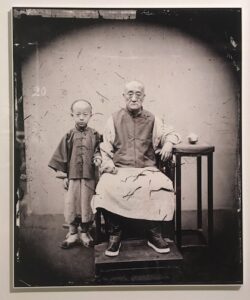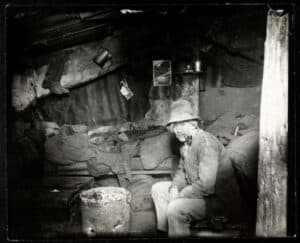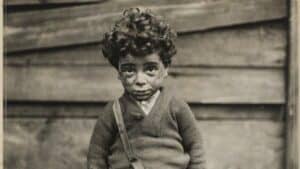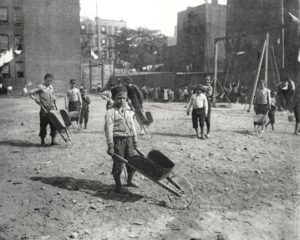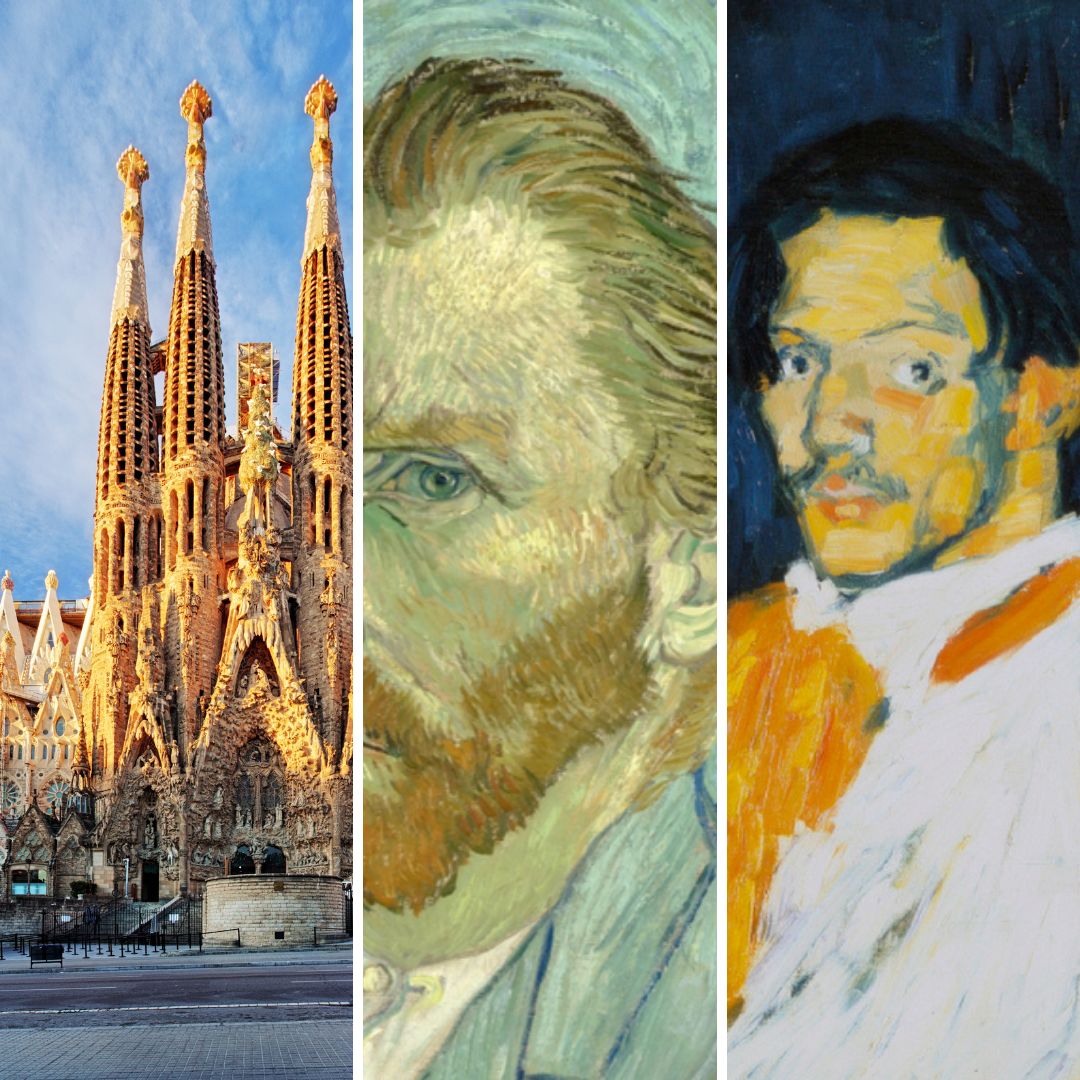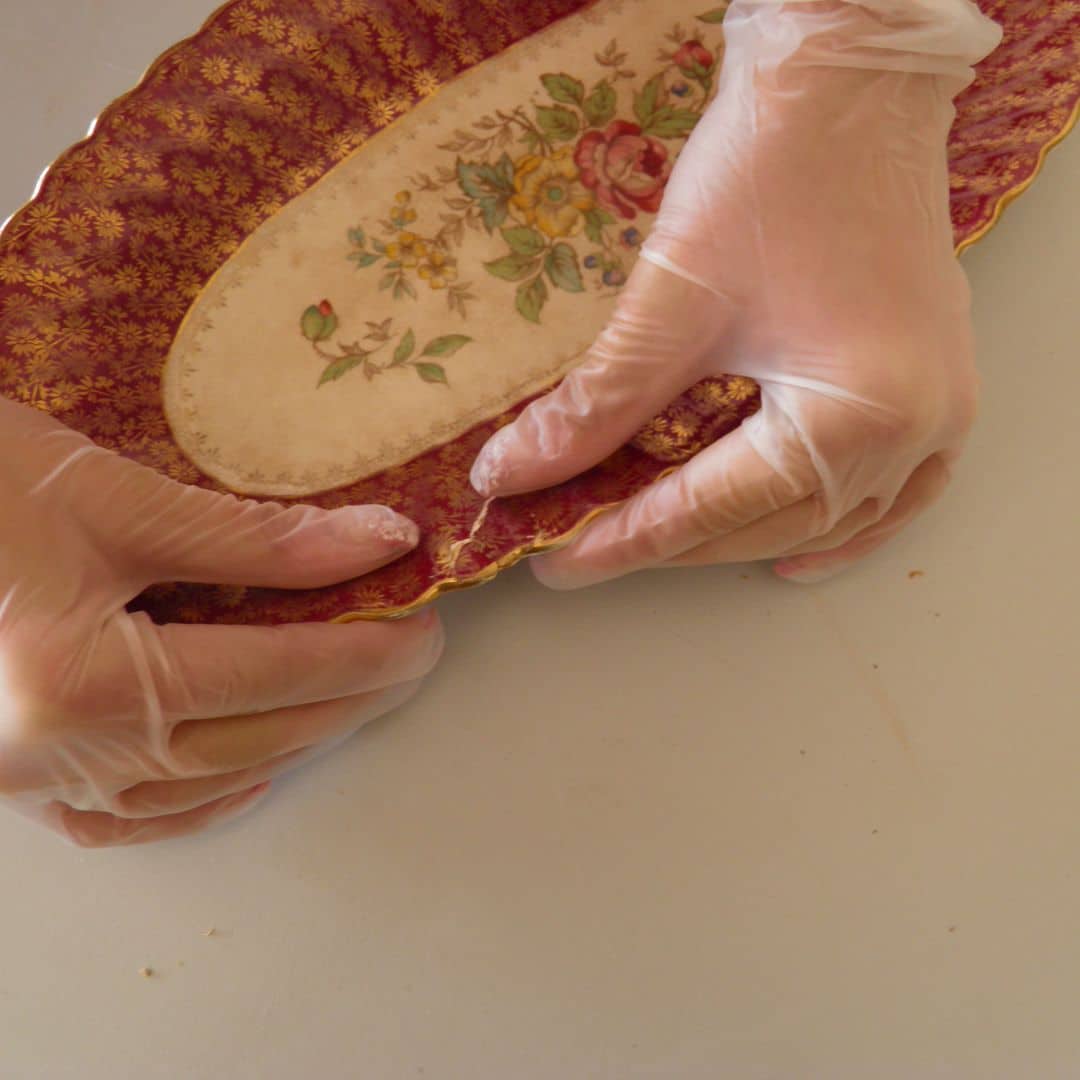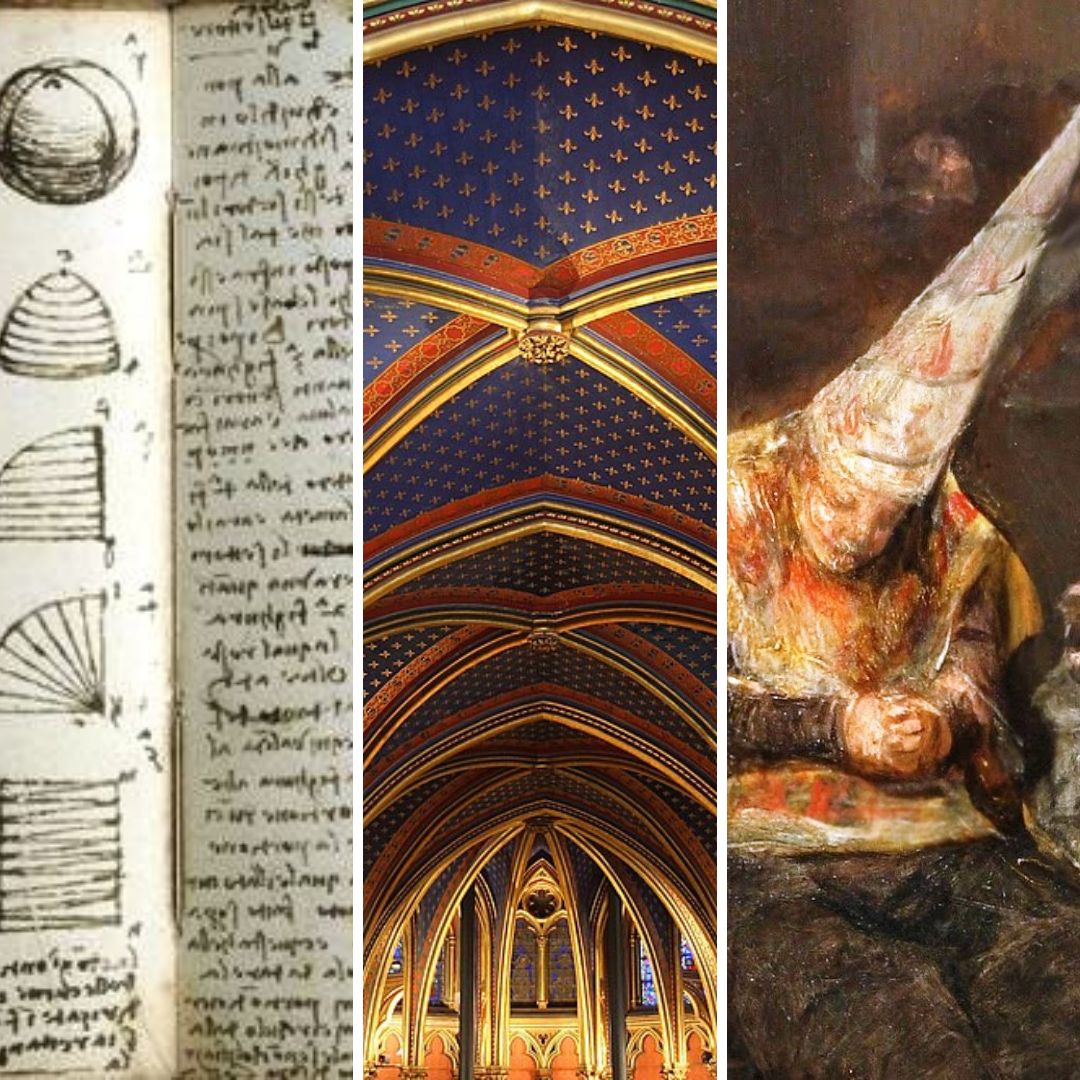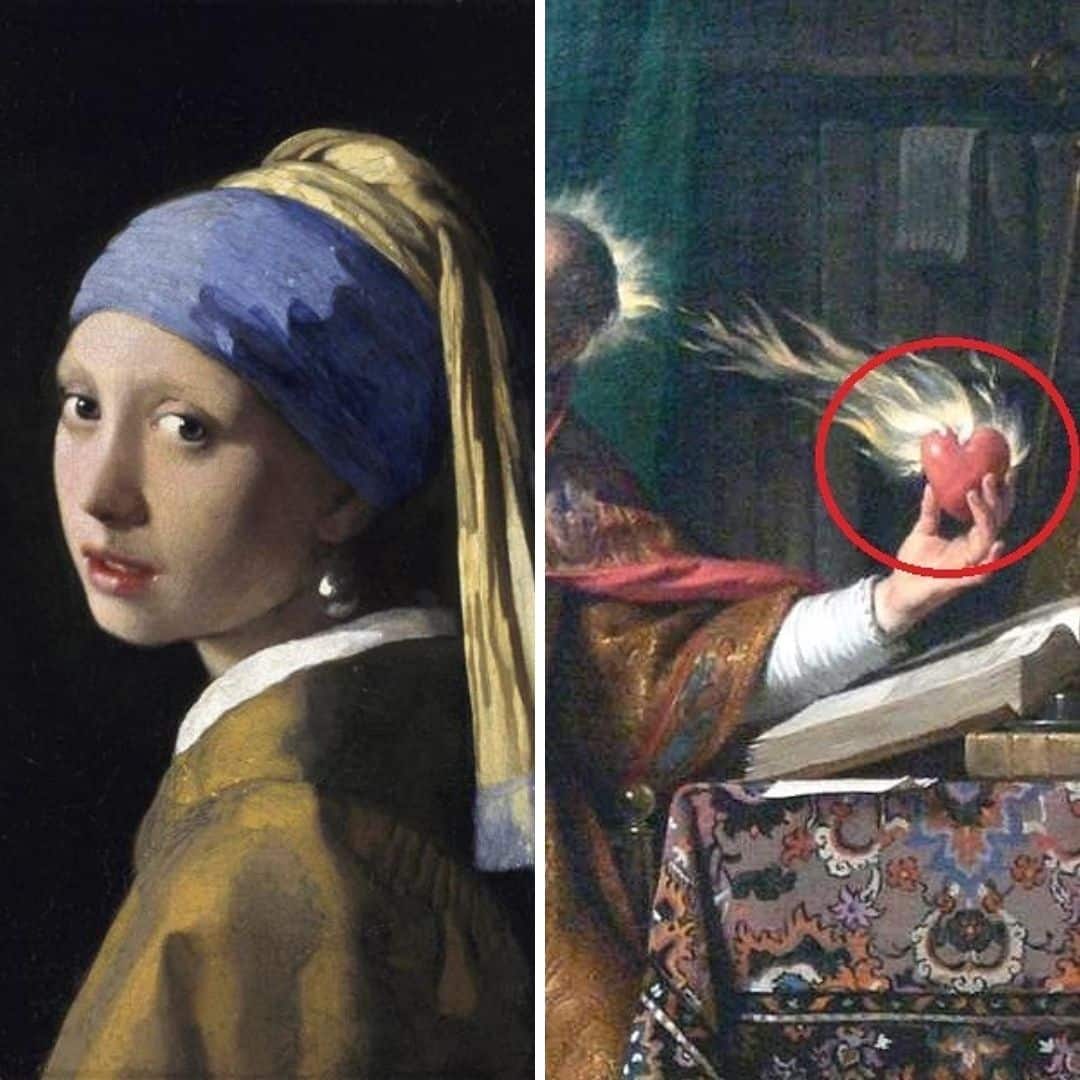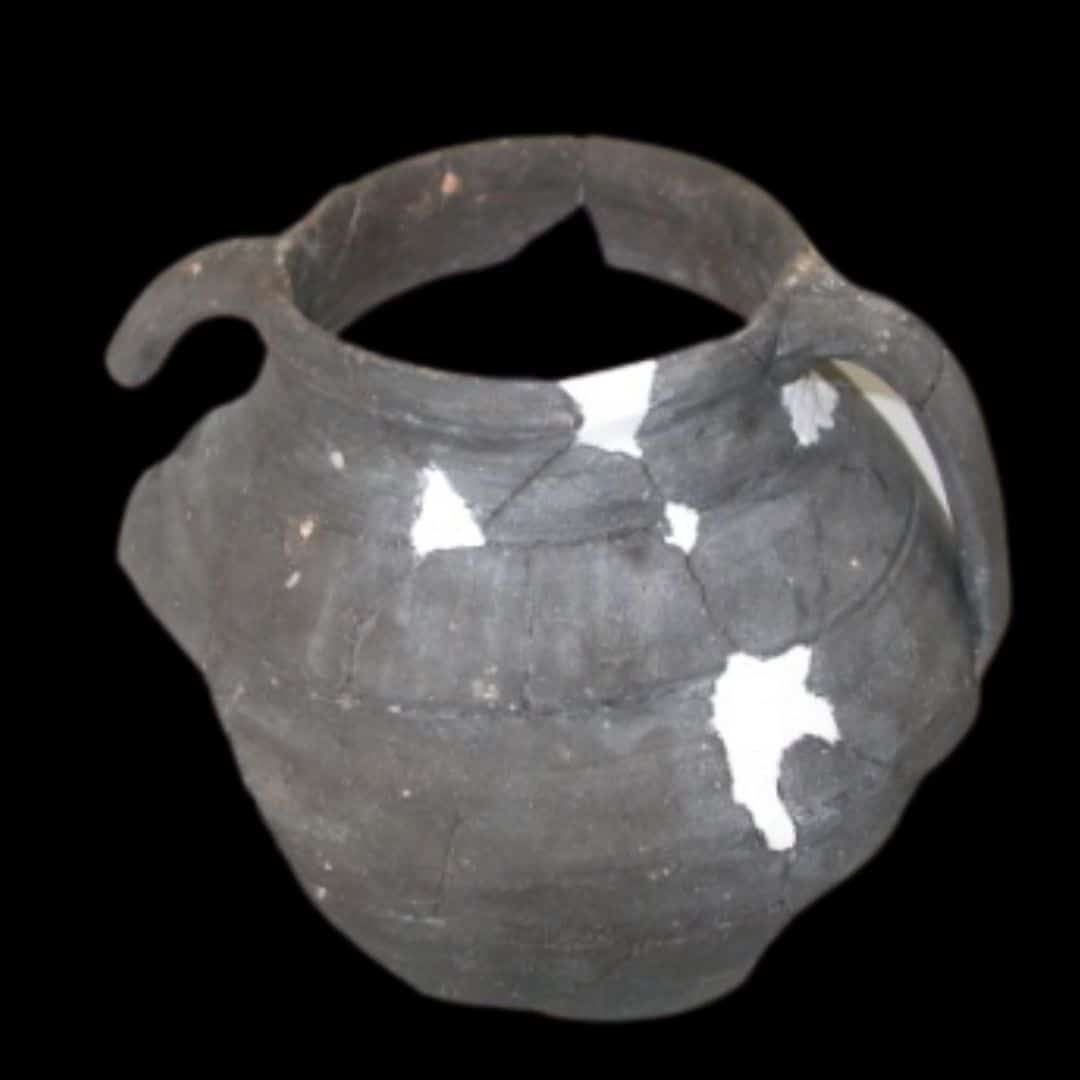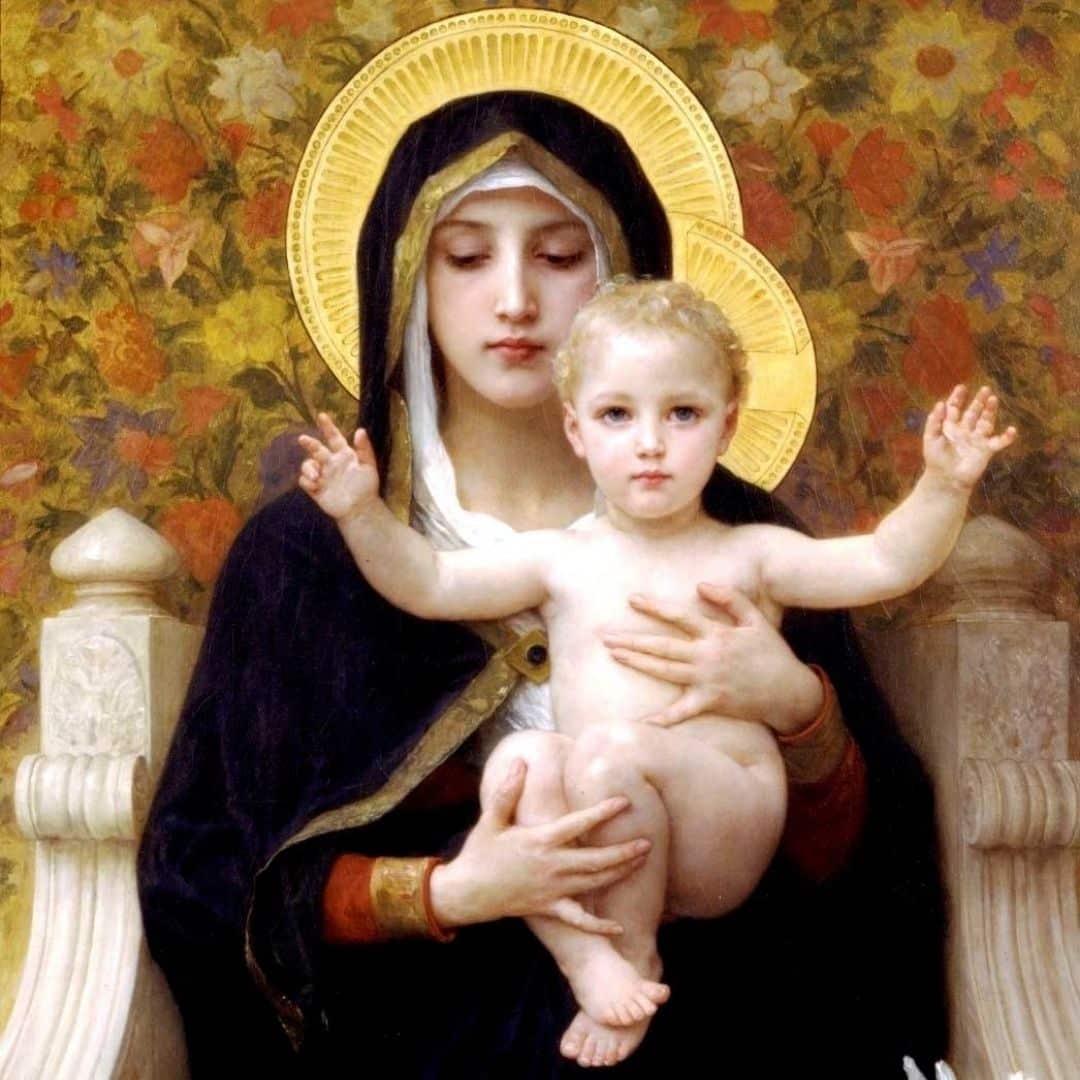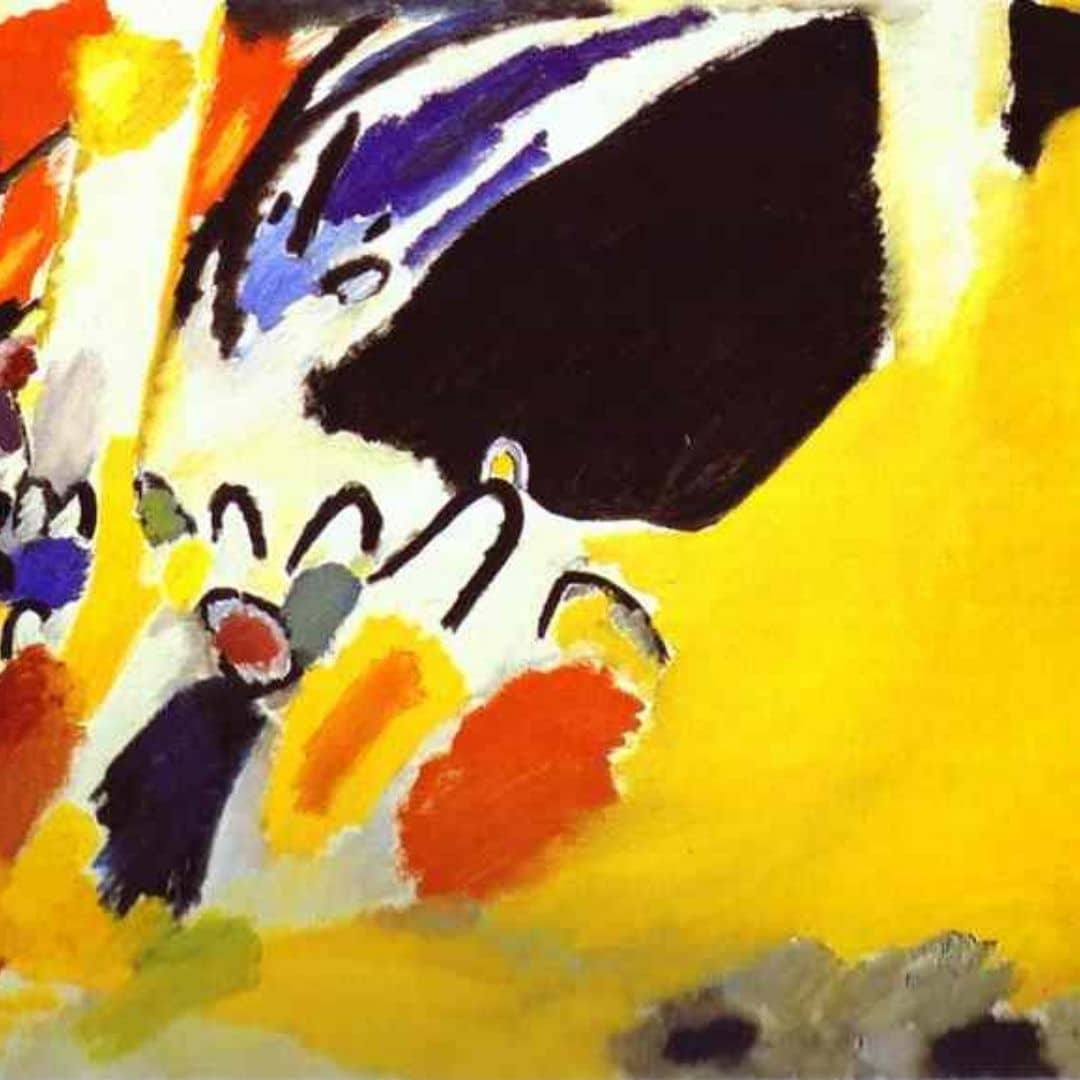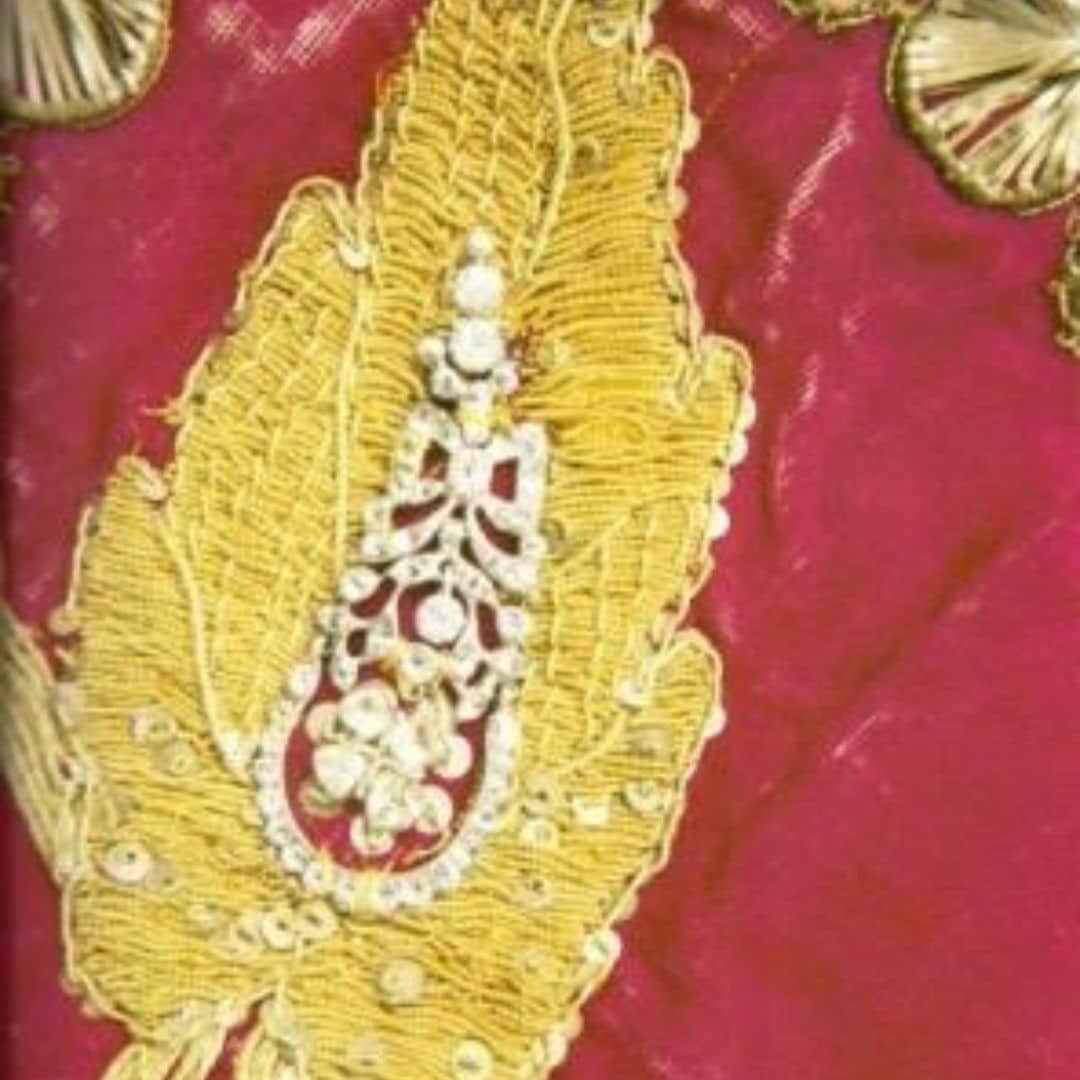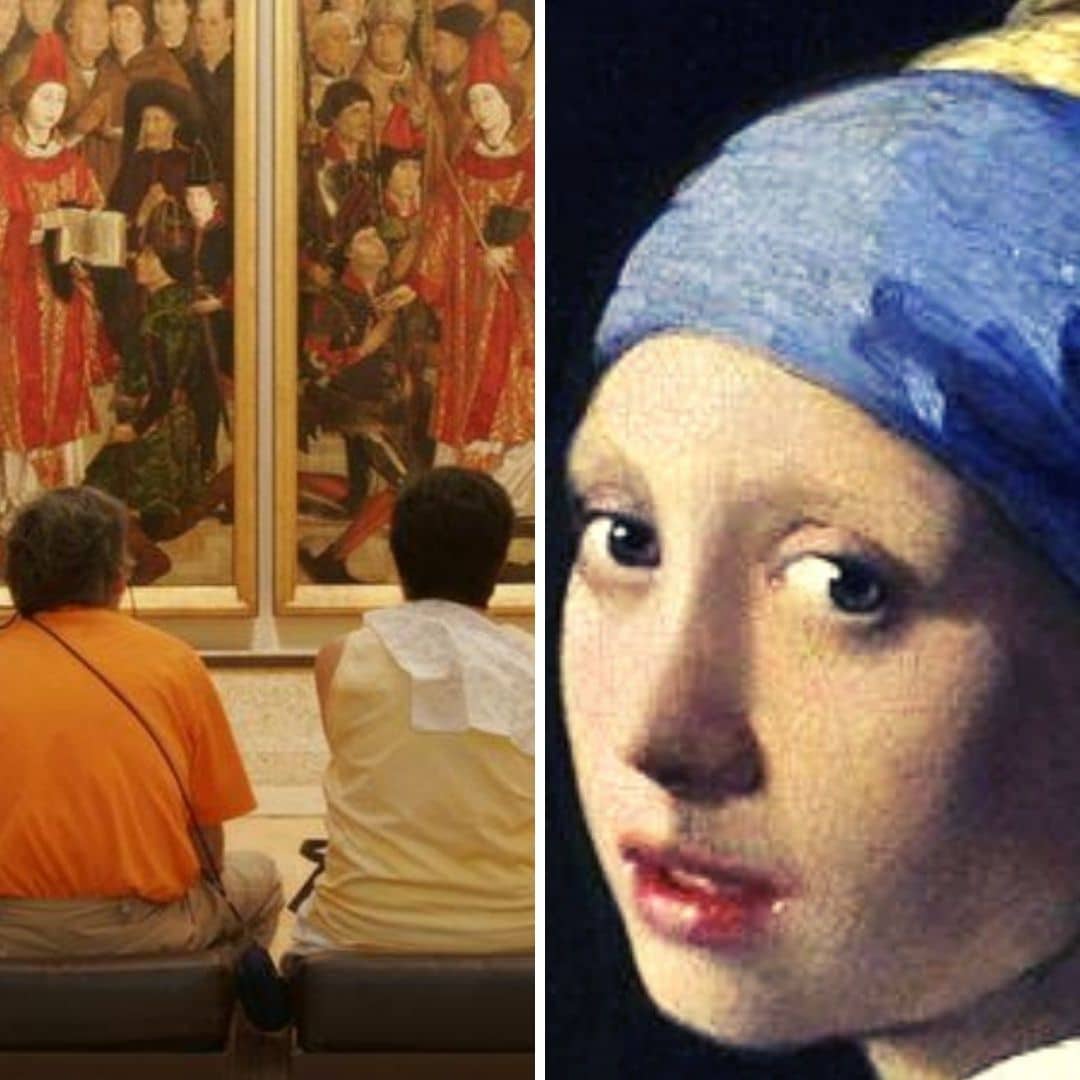Bibliographical references
BERNSTEIN, Len, What Do The World and People Deserve? in Photographica World -The Journal of
the Photographic Collectors Club of Great Britain, Number 98 -2001/4
BONI, Paulo César, O nascimento do fotodocumentarismo de denúncia sociale seu uso como “meio” para transformações na sociedade in Intercom – Sociedade Brasileira de Estudos Interdisciplinares da Comunicação XXXI Congresso Brasileiro de Ciências da Comunicação – Natal, RN, 2008.
Disponível no site: http://www.intercom.org.br/papers/nacionais/2008/resumos/R3-0475-1.pdf
BOTAS, João, John Thomson: 1837 – 1921 in Macau Antigo, 2009
Disponível no site: http://macauantigo.blogspot.com/2009/09/john-thomson-1837-1921.html
CESALTINA, Pedro, Lewis Hine – Fotografia Documental, 2011
Disponível no site: https://issuu.com/ce5700aa/docs/lewis_hine__2_
DAVIS, Kay, Analysis of Riis Photographs and How the Other Half Lives in Documenting “The Other
Half” – The Social Reform Photography of Jacob Riis & Lewis Hine.
Disponível no site: http://xroads.virginia.edu/~ma01/davis/photography/riis/riisanalysis.html
FRIZOT, Michael, Nouvelle Histoire de la Photographie, Bordas / Adam Biro, 1994.
HOY, Anne H., The Book of Photography: The History, The Technique, The Art, The Future,
National Geographic – Washington, D.C. , 2005.
ROSENBLUM, Naomi, A World History of Photography, Abbeville Press – Publishers, 1997.
SOUGEZ, Marie-Loup, História da Fotografia, Dinalivro, 2001.
The History Place – Child Labor in America 1908 – 1912, Photographs of Lewis Hine.
Disponível no site: http://www.historyplace.com/unitedstates/childlabor/
The Photographs of John Thomson in National Library of Scotland
Disponível no site: https://digital.nls.uk/thomson/index.html


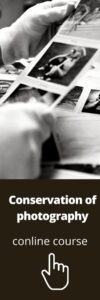
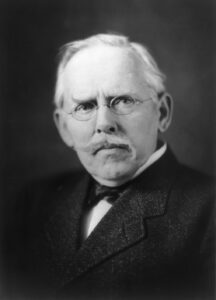
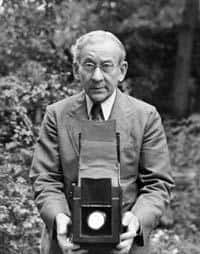 Lewis Hine (1874-1940) American sociologist turned photographer for the National Child Labor Committee, for which he worked for eight years.
Lewis Hine (1874-1940) American sociologist turned photographer for the National Child Labor Committee, for which he worked for eight years.